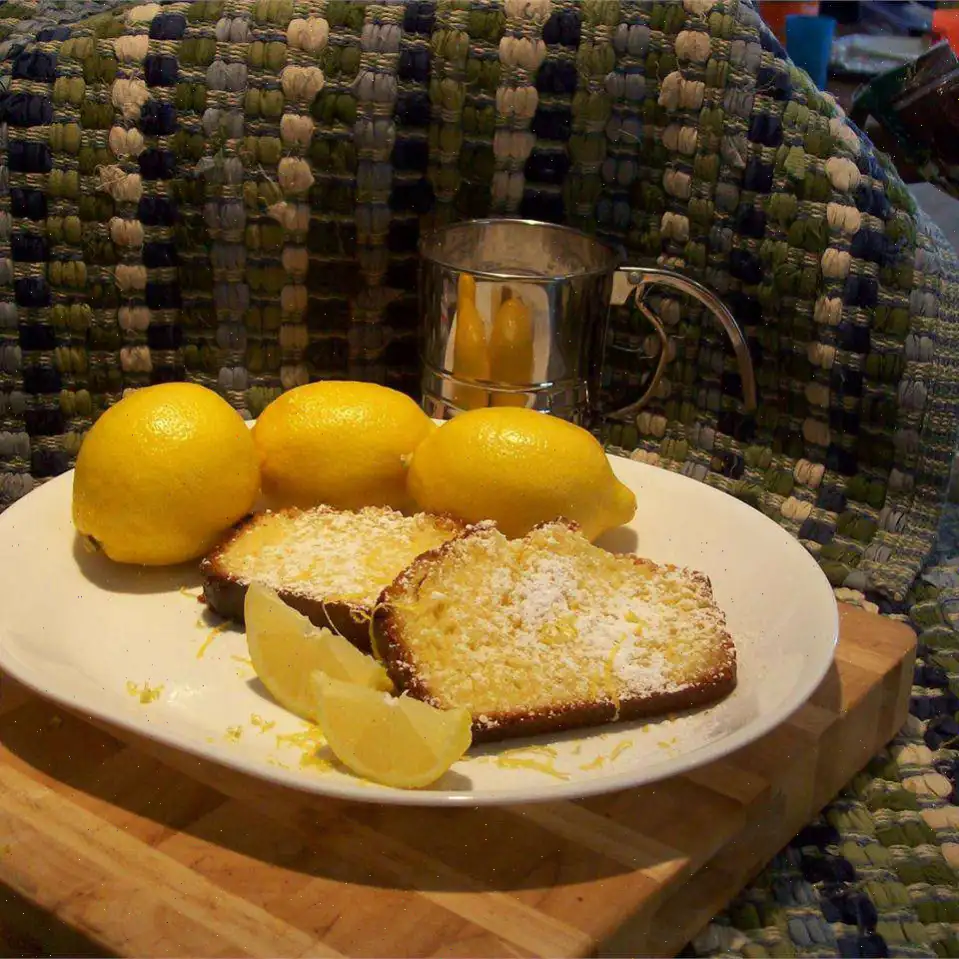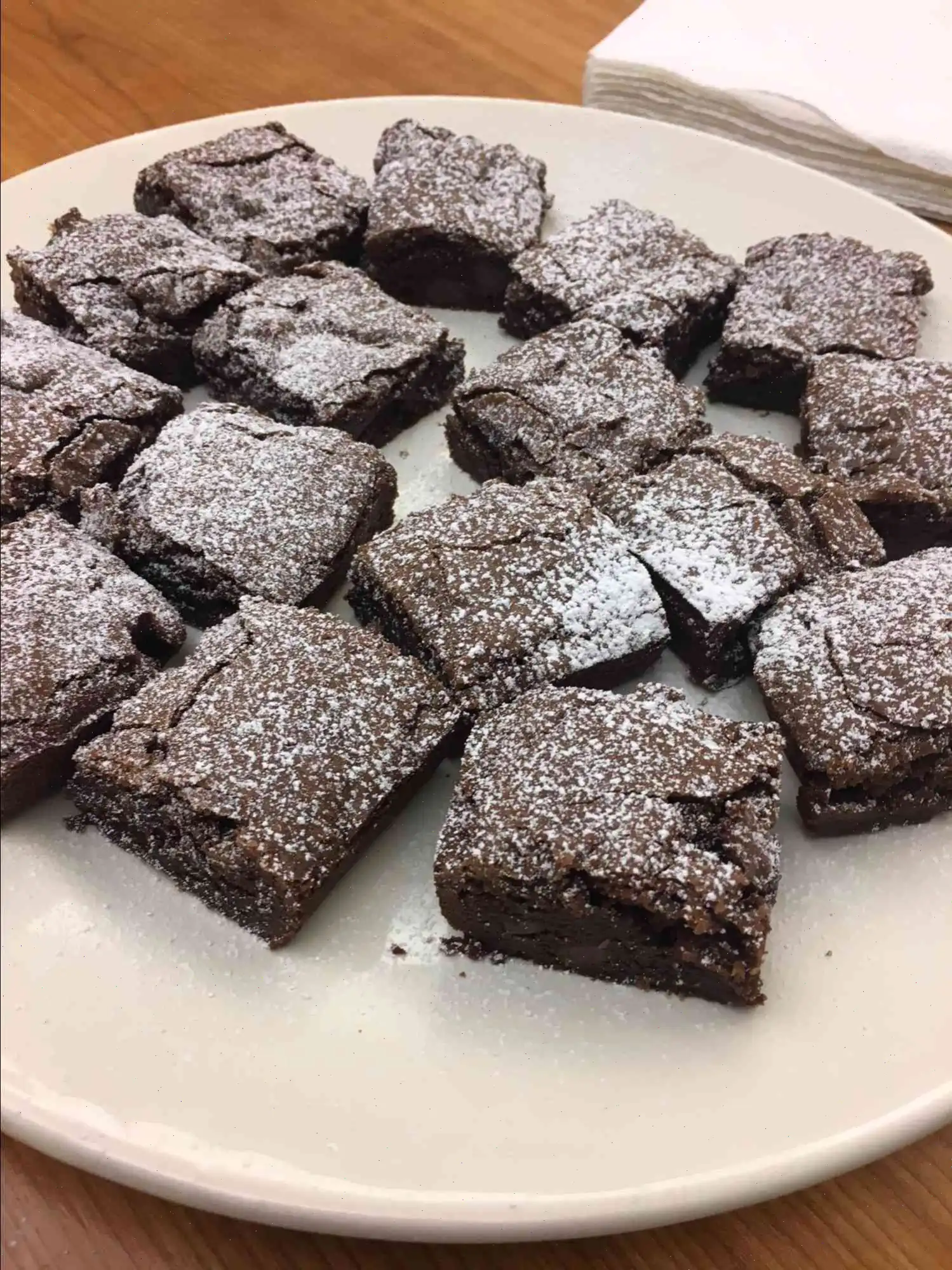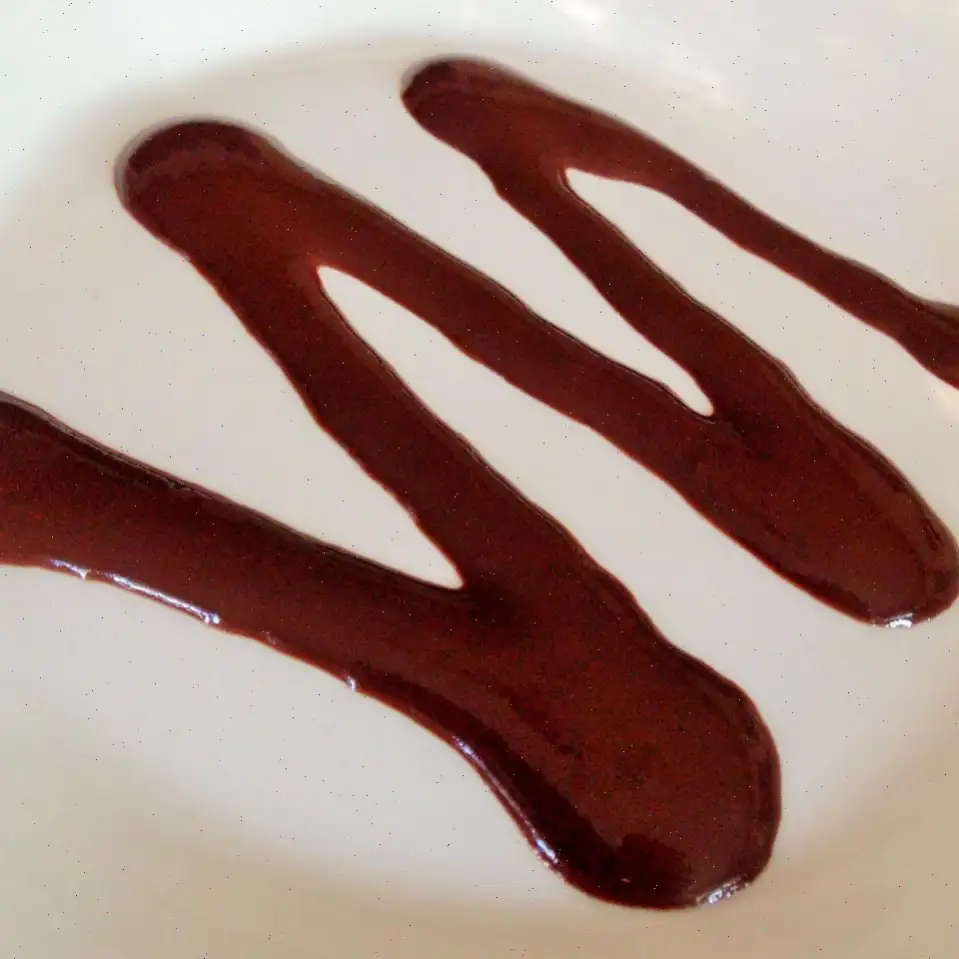
German Lemon Cake Recipe
Ingredients
- 1 1 cups butter, softened
- 1 cups white sugar
- 5 eggs
- 3 tablespoons rum (Optional)
- 1 cup all-purpose flour
- 1 cup cornstarch
- cup lemon juice
- 1 cup confectioners' sugar
Directions
- Step 1: Preheat the oven to 350F (175C). Grease a 9x5 inch loaf pan.
- Step 2: In a large bowl, beat the softened butter and sugar together until the mixture is light and fluffy.
- Step 3: Add the eggs, one at a time, beating well after each addition.
- Step 4: Stir in the rum, followed by the flour and cornstarch. Mix until combined.
- Step 5: Pour the batter into the prepared loaf pan, spreading it evenly.
- Step 6: Bake in the preheated oven for 1 hour and 15 minutes, or until a knife inserted into the center comes out clean.
- Step 7: Allow the cake to cool in the pan for at least 10 minutes before removing it.
- Step 8: While the cake is baking, combine the lemon juice and confectioners' sugar to make the glaze.
- Step 9: Once the cake has finished baking, poke it all over with a long fork or knitting needle.
- Step 10: Pour the lemon glaze over the cake, allowing it to soak in. Let the cake cool completely before slicing.
Nutrition Facts (per serving)
| Nutrient | Amount | % Daily Value |
|---|---|---|
| Calories | 392 | |
| Total Fat | 19g | 25% |
| Saturated Fat | 12g | 58% |
| Cholesterol | 123mg | 41% |
| Sodium | 153mg | 7% |
| Total Carbohydrate | 50g | 18% |
| Dietary Fiber | 0g | 1% |
| Total Sugars | 31g | |
| Protein | 4g | 8% |
| Vitamin C | 3mg | 3% |
| Calcium | 19mg | 1% |
| Iron | 1mg | 5% |
| Potassium | 54mg | 1% |
German Lemon Cake, or "Zitronenkuchen", is a delightful dessert that combines the tangy zest of lemons with the richness of a dense pound cake, soaked with a sweet lemon glaze. This beloved cake is especially popular in Germany and has a history steeped in tradition, making it a true treat for any occasion.
History of the German Lemon Cake
The origins of the German Lemon Cake can be traced back to the 18th century when the Germans were perfecting the art of baking rich, flavorful cakes. With the abundance of fruit orchards, particularly lemon trees, the lemon quickly became a favorite ingredient in many baked goods. German home bakers began experimenting with citrus flavors, leading to the creation of the Lemon Cake. Over time, this cake became a staple at local bakeries and family celebrations, particularly in the southern regions of Germany, where fruit-based cakes are especially popular.
Regional Variations
Though the German Lemon Cake is enjoyed throughout the country, there are regional differences in how it is made. In southern Germany, where Bavarian baking traditions prevail, this cake is often accompanied by a rich, buttery glaze that soaks into the cake, enhancing its moisture and flavor. In contrast, northern Germany tends to favor a lighter version of the cake, with a more subtle lemon flavor and a firmer, drier texture. Additionally, some regional versions include hints of vanilla or other citrus fruits, adding complexity to the flavor profile.
What Sets It Apart
The German Lemon Cake stands out from other citrus cakes because of its distinctive combination of cornstarch and all-purpose flour, which creates a denser, moist texture compared to a typical sponge cake. The cake is often "punctured" after baking, allowing the tangy lemon glaze to soak into the cake, ensuring that each bite is bursting with lemony goodness. This unique soaking technique sets it apart from similar desserts like lemon pound cake, which may feature a glaze or frosting on top but not soak the entire cake in citrus flavor.
Where Its Served
This cake is a common feature at family gatherings, celebrations, and traditional German coffee mornings (Kaffeekrnzchen). It is often served with a cup of freshly brewed coffee or tea, making it the perfect accompaniment to a relaxed afternoon. In Germany, it is also a popular offering at local bakeries, where the smell of freshly baked lemon cakes fills the air. Visitors from around the world who travel to Germany will likely encounter this cake at various cafs, especially in the Bavarian and Swabian regions.
Interesting Facts About German Lemon Cake
- In some parts of Germany, lemon cake is believed to have health benefits, with its high Vitamin C content from fresh lemons being seen as a natural remedy for colds.
- The tradition of soaking cakes in syrup or glaze dates back to medieval times when cakes were often dry and needed moisture. This practice was perfected over time to create moist and flavorful cakes.
- Though the original German Lemon Cake often includes rum, many modern versions omit alcohol, making the cake accessible to a wider audience, including children.
- German bakeries have a long-standing reputation for their fruit cakes, and the German Lemon Cake holds a special place in this tradition, offering a refreshing citrus alternative to heavier, spiced cakes like gingerbread.
FAQ about German Lemon Cake Recipe
Comments
Diane Martin
11/07/2022 07:02:09 AM
I added a teaspoon of vanilla extract, two teaspoons of rum extract, and a splash of lemon juice for added flavor. I also prepared an additional batch of lemon glaze to enhance the lemony taste and dusted it with powdered sugar.
Elizabeth Taylor
09/04/2022 01:13:03 AM
I substituted 2 boxes of lemon pudding mix for the cornstarch and lemon juice in this recipe and used 1 cup of confectioners sugar instead. The result was excellent, a delicious twist on the original recipe.
Sarah White
01/16/2023 03:26:22 PM
Excluding the rum made it come out a bit dry. The taste was pleasant, but I'll be incorporating some adjustments recommended by fellow reviewers to try and achieve a moister result next time. If these changes don't improve it, I'll explore different recipes for lemon cake.








